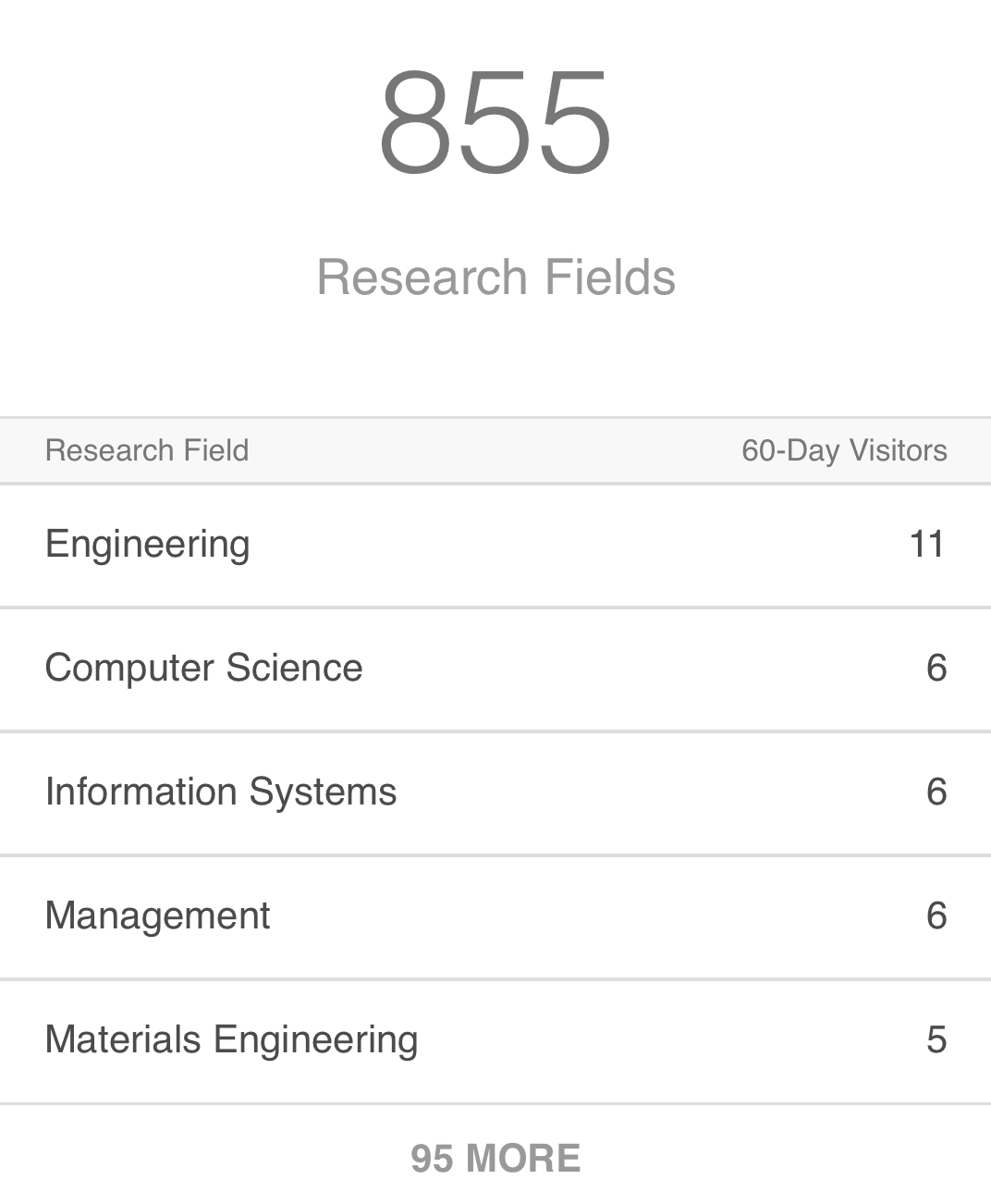Uso del análisis de peligros y puntos críticos para garantizar la inocuidad de los alimentos: estudio de caso en una industria pesquera
Palabras clave:
APPCC, peligros, puntos críticos de control, diagrama de flujo de producciónResumen
El sistema de Análisis de Peligros y Puntos Críticos de Control (APPCC) tiene como filosofía la prevención, la racionalidad y la especificidad en el control de los riesgos que puede presentar un alimento. El objetivo de este trabajo fue sugerir un plan HACCP para una línea de procesamiento de filetes de pescado congelado en una empresa procesadora de pescado. Se realizaron procedimientos preliminares para la elaboración del plan y la aplicación de los principios HACCP. Luego de conformar el equipo HACCP, se describió el producto, se elaboró el diagrama de flujo de producción y se realizó el análisis de peligros con el establecimiento de medidas preventivas. En el diagrama de flujo del proceso se identificaron cuatro Puntos Críticos de Control (PCC), para los cuales se establecieron límites críticos, acciones correctivas y procedimientos de seguimiento, registro y verificación. La principal medida preventiva establecida fue el control de temperatura para PCC con alta probabilidad de crecimiento de microorganismos. El plan HACCP propuesto es factible, sin embargo es necesario consolidar la implementación de Buenas Prácticas de Manufactura (BPM) en la industria y la capacitación continua de los manipuladores.
Descargas
Referencias
Al-Busaidi, M. A., Jukes, D. J., & Bose, S. (2017). Hazard analysis and critical control point (HACCP) in seafood processing: An analysis of its application and use in regulation in the Sultanate of Oman. Food Control, 73(0), 900-915.
Bartolomeu, D. A. F. S., Dallabona, B. R., Macedo, R. E. F., & Kirschnik, P. G. (2011). Contaminação microbiológica durante as etapas de processamento de filé de tilápia (Oreochromis niloticus). Archives of Veterinary Science, 16(1), 21-30.
Brasil. (2017). Ministério da Agricultura, Pecuária e Abastecimento. Decreto No 9.013, de 29 de março de 2017. Regulamenta a Lei no 1.283, de 18 de dezembro de 1950, e a Lei no 7.889, de 23 de novembro de 1989, que dispõem sobre a inspeção industrial e sanitária de produtos de origem animal. Diário Oficial da União, Poder Executivo, Brasília, DF, 30 mar. 2017. Seção 1, p. 3.
Codex Alimentarius. (2012). Código de prácticas para el pescado y los productos pesqueros: 2. ed. Roma: OMS. Disponível em: http://www.fao.org/codex/.../practice_code_fish_2012_.pdf. Acesso em: 8 janeiro de 2020.
Doménech, E., Amorós, J, A., Pérez-Gonzalvo, M., & Escriche, I. (2011). Implementation and effectiveness of the HACCP and pre-requisites in food establishments. Food Control, 22(8), 1419-1423.
Food and Drug Administration. (2020). Fish and fishery products hazards and controls guidance. 4th ed. Washington, DC.: FDA. Disponível em: <http://www.fda.gov/Seafood/default.htm>. Acesso em: 26 mar. 2020.
Karaman, A. D., Cobanoglu, F., Tunalioglu, R., & Ova, G. (2012). Barriers and benefits of the implementation of food safety management systems among the Turkish dairy industry: A case study. Food Control, 25(2), 732-739.
Luning, P. A., Kirezieva, K., Hagelaar, G., Rovira, J., Uyttendaele, M., & Jacxsens L. (2015). Performance assessment of food safety management systems in animal-based food companies in view of their context characteristics: A European study. Food Control, 49(0), 11-22.
Lupin, H. M., Parin, M. A, & Zugarramurdi, A. (2010). HACCP economics in fish processing plants. Food Control, 21(0), 1143–1149.
Martins, M., Matos, A. C., Coelho, A. C., Brida, T., & Delgado, F. (2019). Sistemas de garantia de segurança alimentar aplicado às explorações pecuárias. Archives of Veterinary Science, 24(2), 93-114.
Milios, K., Drosinos, E. H., & Zoiopoulos, P. E. (2012). Factors influencing HACCP implementation in the food industry. Journal of the Hellenic Veterinary Medical Society, 63(4), 283-290.
Moura, C. M. C., Costa, J. A., Sousa, A. M. Santos Filho, J. H., Bacelar, R. G. A., santos, J. T. O., & Muratori, M. C. S. 2018. Avaliação da qualidade microbiológica de filés de tilápia-do- nilo (Oreochromis niloticus) e do gelo e a interação dos fatores após armazenagem Medicina Veterinária (UFRPE), 12(1), 10-16.
Oliveira, W. F. S., Gaspar, A., Reis, S. R. C., & Silva, A. T. S. (2009). Avaliação das condições de Boas Práticas de Fabricação (BPF) e identificação dos pontos críticos em linha de processo de filé de peixe congelado. Gestão & Produção, 4(2), 49-62.
Rocha, A. O. B., Ramos, C. G. S., Clarindo, J. G., & Araújo, M. S. (2018). Diagnóstico da utilização do sistema APPCC (Análise de Perigos e Pontos Críticos de Controle) em uma indústria de leite e derivados. Brazilian Journal of Production Engineering, 4(2), 135-159.
Silva, L. S. da., Batista, R. V., & Bainy, E. M. (2019). Diagnóstico da gestão da qualidade em laticínios do município de Laranjeiras do Sul – Paraná. Brazilian Journal of Production Engineering, 5(5), 28-37.
Silva, R. X., Abrantes, M. R., Nascimento, J. P. A., Pinheiro, C. G. M. E., Filgueira, C. L. P., & Silva, J. B. A. (2016). Qualidade higiênico-sanitária da tilápia (Oreochromis spp.) fresca e congelada em mercados públicos. Ciência animal brasileira, 17(4), 574-580.
Wallace, C. A., Holyoak, L., Powell, S. C., & Dykes, F. C. (2014). HACCP e the difficulty with Hazard Analysis. Food Control, 35(0), 233-240.
Weyandt, A. J., Costa, S. R. R., Nunes, M. L., & Gaspar, A. (2011). Environmental & food safety management systems, according to ISO 14001 & ISO 22000 in fish processing plants: experiences, critical factors & possible future strategies. Procedia Food Science, 1(1), 1901- 1906.
Descargas
Publicado
Número
Sección
Licencia
Derechos de autor 2020 Brazilian Journal of Production Engineering - BJPE

Esta obra está bajo una licencia internacional Creative Commons Atribución-NoComercial-CompartirIgual 4.0.




















































